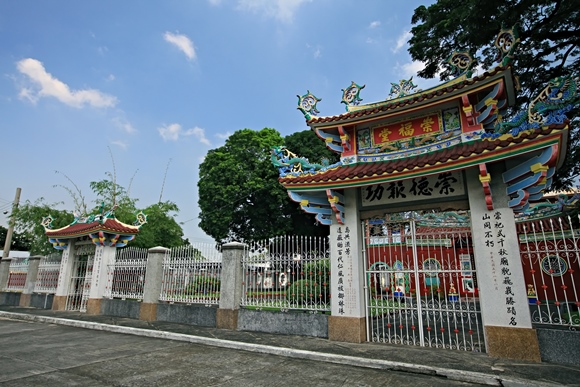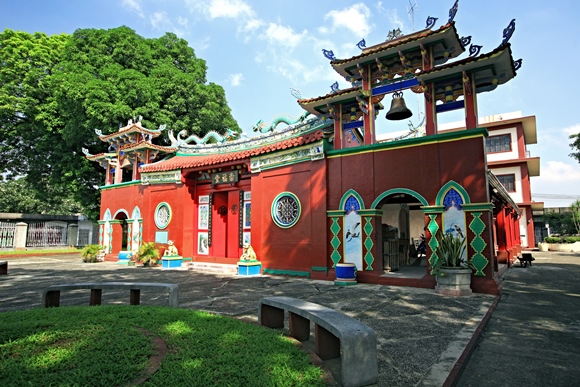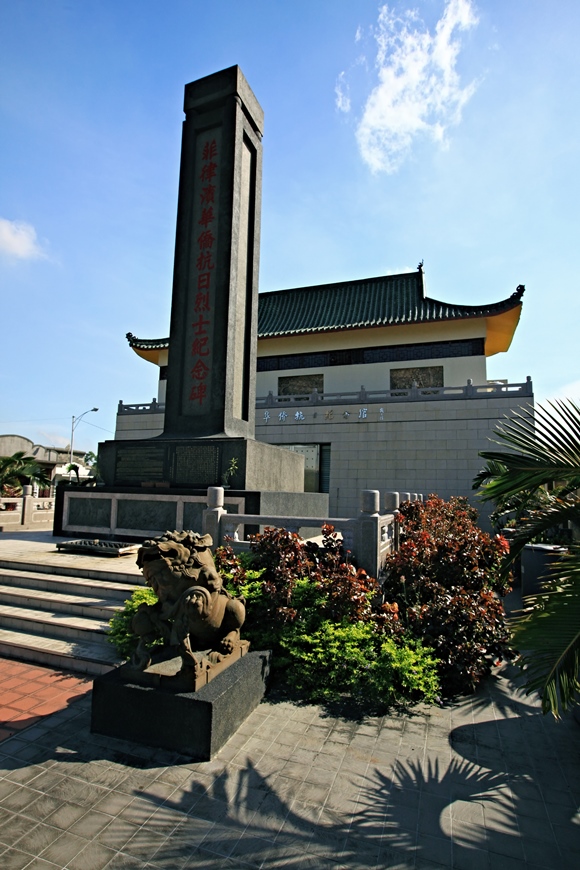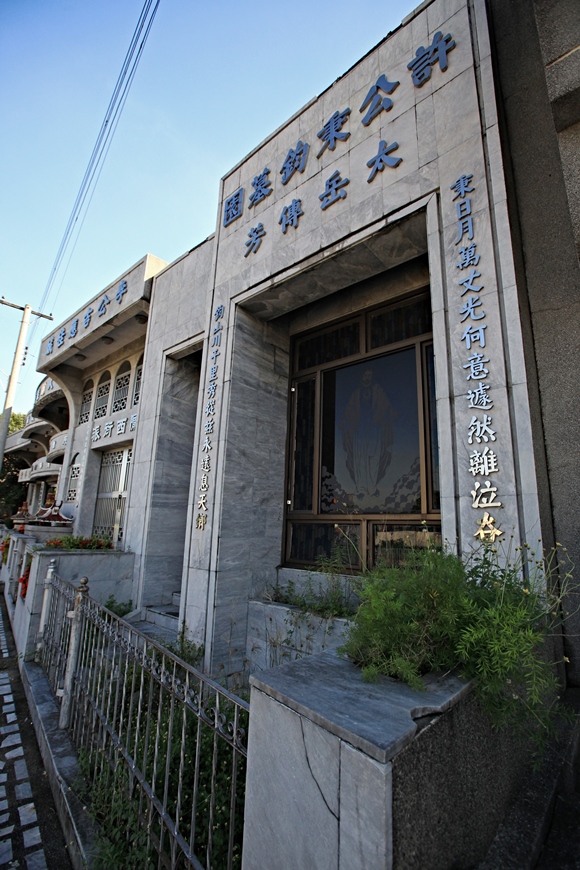Travel the Philippines: Beyond the Gravestones from Illustrado
Beyond the Gravestones
By Excel V. DyquiangcoSince November is all about the dead – one might as well take a visit to the interesting graveyards of Manila, which not only provide fascinating architectural talking points, but a peek into history, including the past lives of some of the country’s most influential figures. Before you shy away from the idea though, consider that the sprawling landscapes, the majestic and intricate monuments actually do speak volumes, providing one a distinctly weird, but wonderful appreciation of how those who have passed are paid homage long before they are gone.
Manila Chinese Cemetery




There is no question why this is called the Manila Chinese Cemetery – the structures that abound remind visitors of a Jackie Chan movie with its historic and exotic molds depicted in any one of his scenes. Chinese halls, memorials and temples with its unique designs all adorn the gateway to the second oldest cemetery in Manila.
Guests are treated to one of the grandest Chinese temples in Manila at the entrance, the Chong Hock Tong Temple, which is different from other temples since this was built in the 1800s. Its architecture is similar to the ones located in the Fujian province in the southeast coast of China, and the elaborate structures of temples in Singapore and Malaysia with their upturned eaves and colorful wall paintings.
The Martyrs Hall (Liat See Tong) was constructed to give honor and recognition to the Chinese community leaders who were put to death by the Japanese during World War II. Not as grandiose as some of the other temples, but still worthwhile seeing in lieu of the portraits of the martyrs and the bit history (in Chinese, though) in its four walls.
Other notable places within the Chinese Cemetery are the Carlos Palanca Memorial, or the Tan Quien Sien in gratitude to the efforts of the famed Chinese businessman and leader for giving the Chinese proper burial sites during the Spanish regime, and the Ruby Tower Memorial where hero Apolinario Mabini used to be buried. The mausoleums are also a sight to behold. Much like the houses in pre-modern China, they emulate a rich man’s house – usually a two-storey structure with a terrace or a patio, and no windows.
See more places...
Continue reading full story and more photos here: http://goo.gl/p6Qqn6
No comments:
Post a Comment